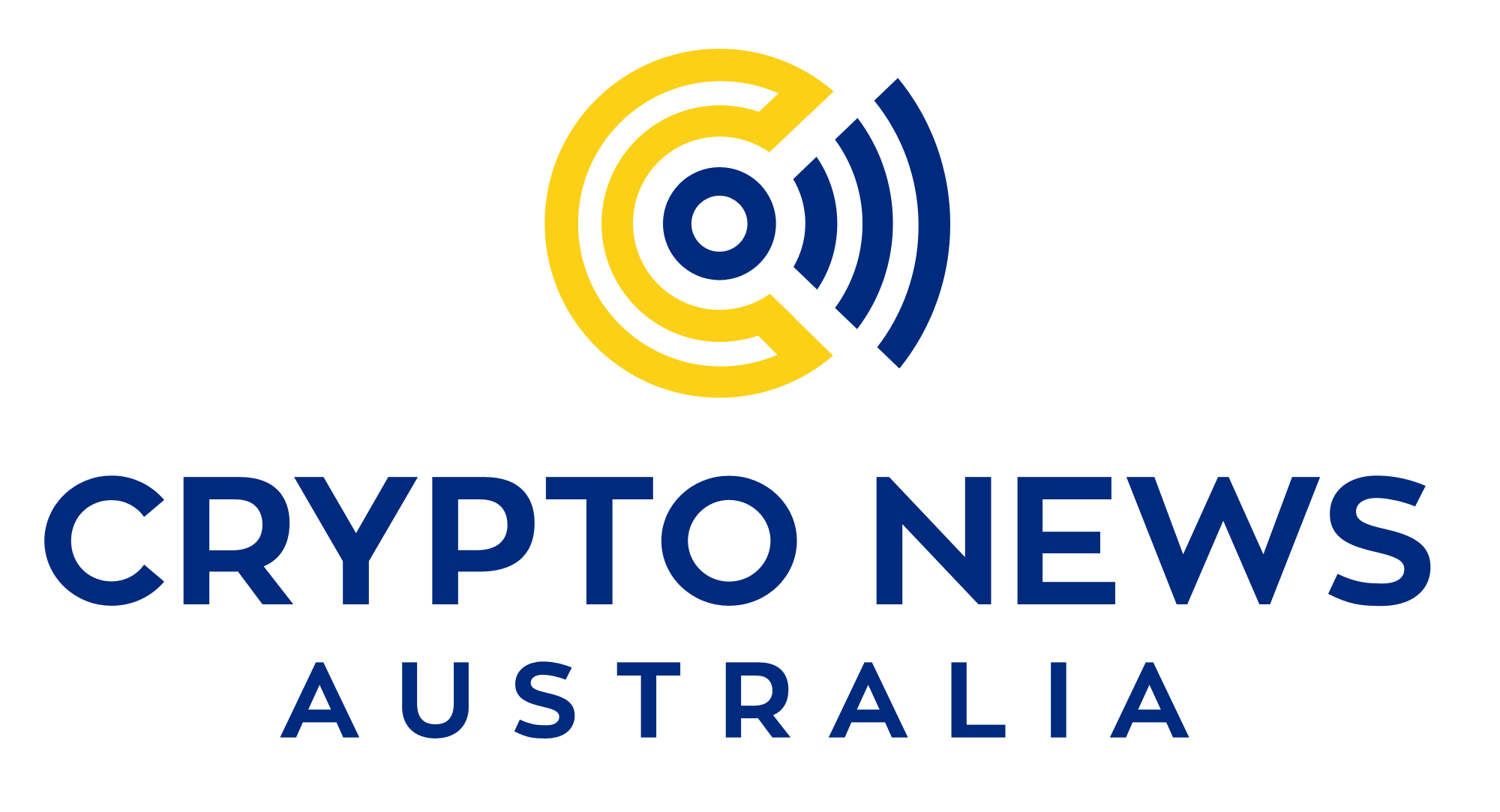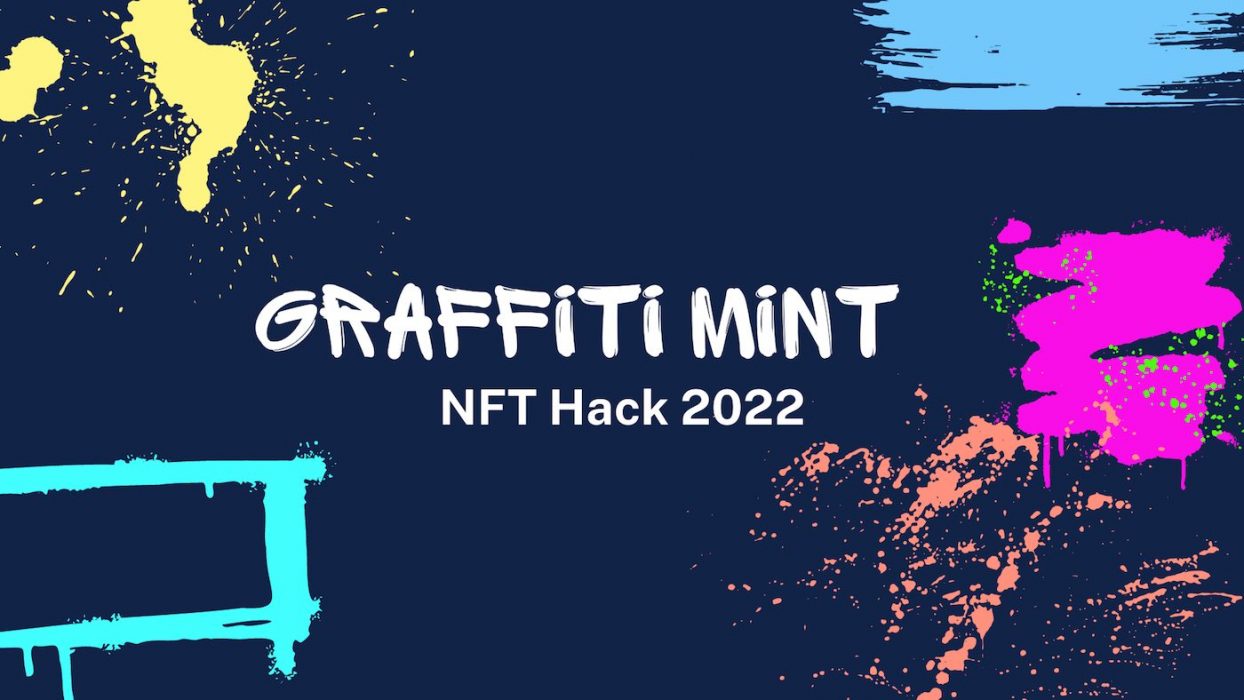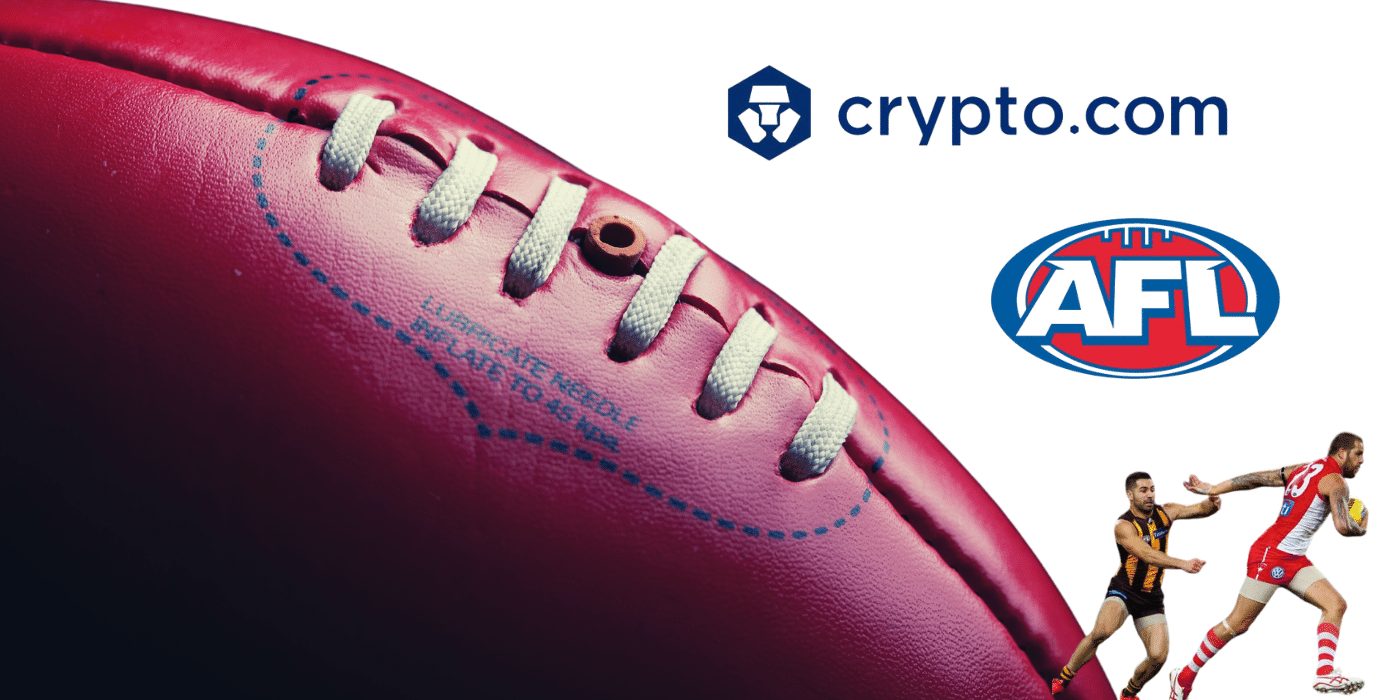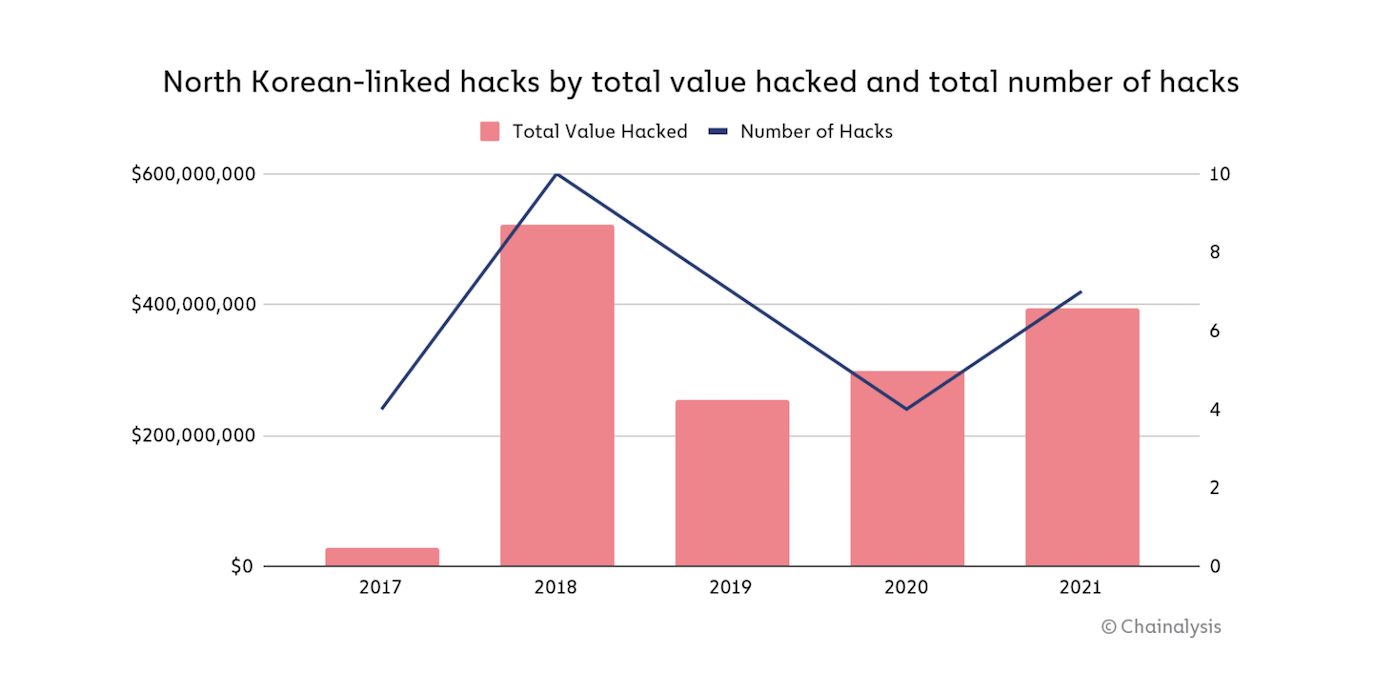Blockscan, the team behind the Etherscan blockchain explorer, has released Blockscan Chat in beta, an Ethereum-based wallet-to-wallet instant messaging service.
As well as enabling users to engage in instantaneous wallet-to-wallet chat, Blockscan will allow them to:
- access chats from multiple devices;
- block spam or unwanted addresses; and
- be notified on the block explorer when a message has been received.
Negotiating Power with White-Hat Hackers
Above all else, the new feature may prove itself invaluable for dealing with white-hat hackers, who tend to leave messages embedded in Ethereum transactions in order to communicate with individuals and exploited crypto platforms.
It would have proved particularly useful in last week’s ongoing Multichain exploit, in which an assumed white-hat hacker returned 322 ETH (about US$770,000) but kept a hefty finder’s fee, not to mention last year’s US$610 million Poly Network hack. In both cases, anonymous discussions via Ethereum transactions formed part of negotiations between culprit and victims.
Blockscan Also Has NFT Applications
Apart from pleading with hackers to return funds for a bounty, the service could also prove useful in negotiating NFT purchases between buyers and sellers. If the transaction were to be conducted by a decentralised exchange, both parties could reduce the fees associated with NFT platforms such as OpenSea.
In related news, Unstoppable Domains – a US-based company that provides blockchain-based domain names – announced a fortnight ago that Ethereum and Polygon NFT domains can now be used for single logins. The service allows users to sign in to their favourite apps with an NFT portable name, thus eliminating the need to provide any additional information.














